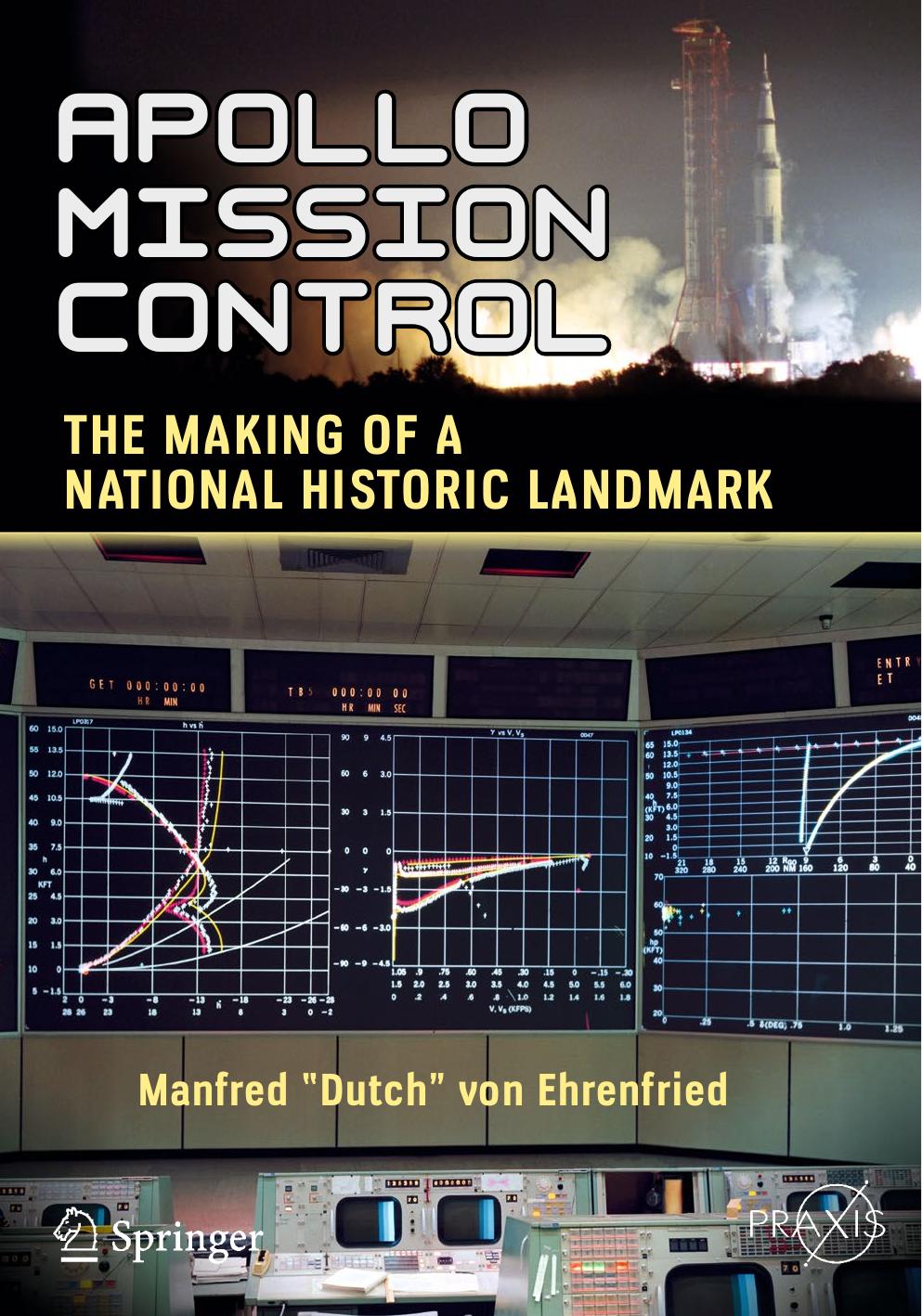Apollo Mission Control by Manfred "Dutch" von Ehrenfried

Author:Manfred "Dutch" von Ehrenfried
Language: eng
Format: epub, pdf
Publisher: Springer International Publishing, Cham
7.2 SIMULATION PERSONNEL
The people that trained flight crews and flight controllers were a special breed. They delighted in honing individuals and teams to a sharp edge by highlighting their weaknesses. But this was welcomed because it emphasized the validity of correct decisions or optional paths designed to circumvent the presented failure mode or situation. As a methodology it was brutal, since it sought to expose an individual’s mishandling of a dire situation, and in some cases an entire team’s mishandling of the situation. Considering the complexity of a lunar mission and the many different phases of operations, the scope for making a mistake is very great. As a result, many simulations are needed to flush out the most critical of decisions for the most dangerous of operations.
Because the simulations included crew simulators as well as simulations of operations, the simulation team consisted of hardware and software engineers, mission analysts, systems people and technicians. Many simulations were to test complex maneuvers in Earth orbit or lunar orbit. Others mimicked loss of power to the control center, the severing of a critical data cable, or the malfunction of a console. These things have actually happened. The people who thought up these failures to test the responses of the flight controllers and astronauts where indeed “devilishly clever,” but their sheer ingenuity was not always appreciated. After a simulation, a flight controller would often complain to the simulation supervisor that the situation with which he had been presented simply wasn’t realistic. This was not so often the case between the astronauts and the instructors who ran the crew simulator. But unlikely things can, and do, go awry in flight.
In between missions, the people that devised the simulations wrote software to drive the crew simulators and the flight controllers’ displays. The development of the Apollo simulation programs and the associated trainers closely paralleled that of the flight hardware and the increasing complexity of missions. As operations advanced from Gemini to Apollo with more than one spacecraft, and the mission phases moved from Earth orbit to lunar orbital activities and to the lunar landing, the scope and capability of simulations matured to keep pace with the increasing complexity.
Gemini provided an excellent start for Apollo training, because its progress in accurately simulating the launch, rendezvous, and entry modes would carry over. In fact the first Apollo part-task simulators were adapted Gemini simulators. The computer complex and infinity-optics system developed for the Gemini mission simulators was later integrated with simulated crew stations when producing the CM procedures simulator (CMPS) and the LM procedures simulator. (It was the many boxes stuck onto the spacecraft simulator that prompted the nickname of a “train wreck.”) For the translation and docking simulator, the simulated Agena target vehicle and Gemini spacecraft were replaced with the CM target mockup and the LM crew station.
No fewer than fifteen simulators trained crews during the Apollo years. Three were the primary Command Module Simulators; one at Houston and a pair at the Cape. Two were the primary Lunar Module Simulators, one at each location.
Download
Apollo Mission Control by Manfred "Dutch" von Ehrenfried.pdf
This site does not store any files on its server. We only index and link to content provided by other sites. Please contact the content providers to delete copyright contents if any and email us, we'll remove relevant links or contents immediately.
| Aeronautics & Astronautics | Astronomy |
| Astrophysics & Space Science | Comets, Meteors & Asteroids |
| Cosmology | Mars |
| Solar System | Star-Gazing |
| Telescopes | UFOs |
Tools of Titans by Timothy Ferriss(8216)
Turbulence by E. J. Noyes(7935)
Secrets of Antigravity Propulsion: Tesla, UFOs, and Classified Aerospace Technology by Ph.D. Paul A. Laviolette(5309)
Astrophysics for People in a Hurry by Neil DeGrasse Tyson(5130)
Room 212 by Kate Stewart(5035)
Design of Trajectory Optimization Approach for Space Maneuver Vehicle Skip Entry Problems by Runqi Chai & Al Savvaris & Antonios Tsourdos & Senchun Chai(5011)
Pale Blue Dot by Carl Sagan(4912)
The David Icke Guide to the Global Conspiracy (and how to end it) by David Icke(4624)
A Journey Through Divination and Astronomy by Publishing Pottermore(4344)
Goodbye Paradise(3726)
Apollo 8 by Jeffrey Kluger(3636)
COSMOS by Carl Sagan(3554)
Losing the Nobel Prize by Brian Keating(3498)
The Five People You Meet in Heaven by Mitch Albom(3474)
How to Read Water: Clues and Patterns from Puddles to the Sea (Natural Navigation) by Tristan Gooley(3406)
Brief Answers to the Big Questions by Stephen Hawking(3369)
How to Read Nature by Tristan Gooley(3249)
The Order of Time by Carlo Rovelli(3145)
A Brief History of Time by Stephen Hawking(2960)
